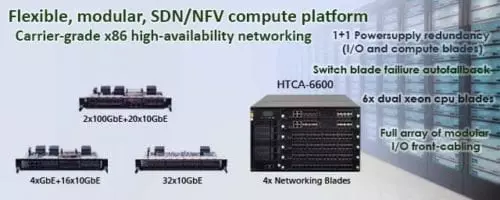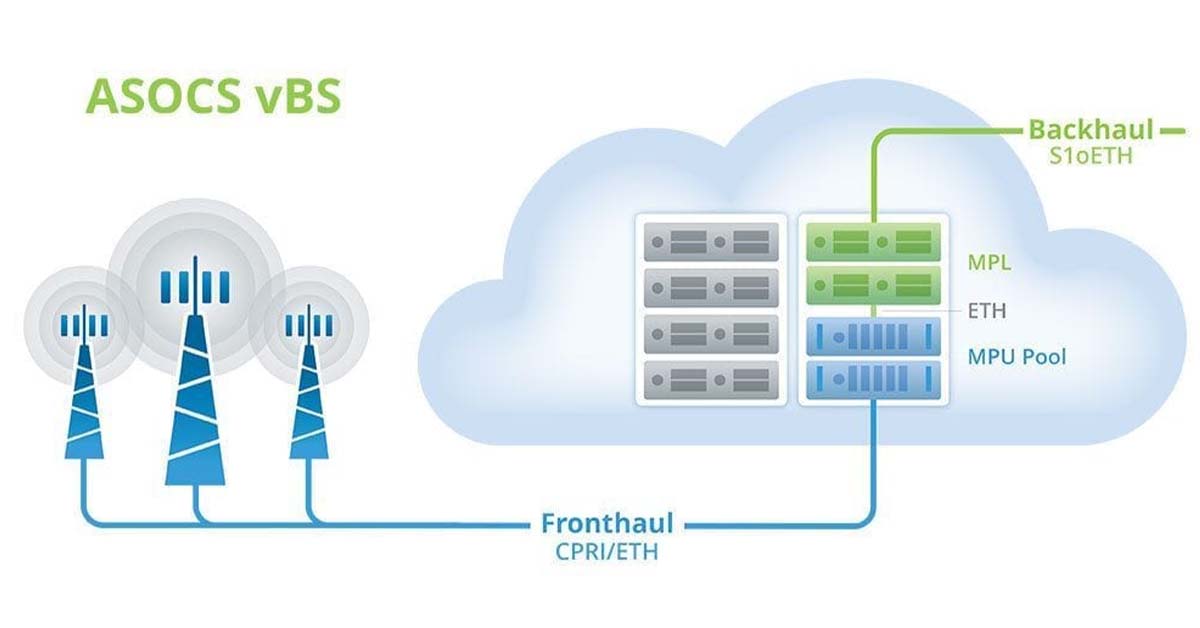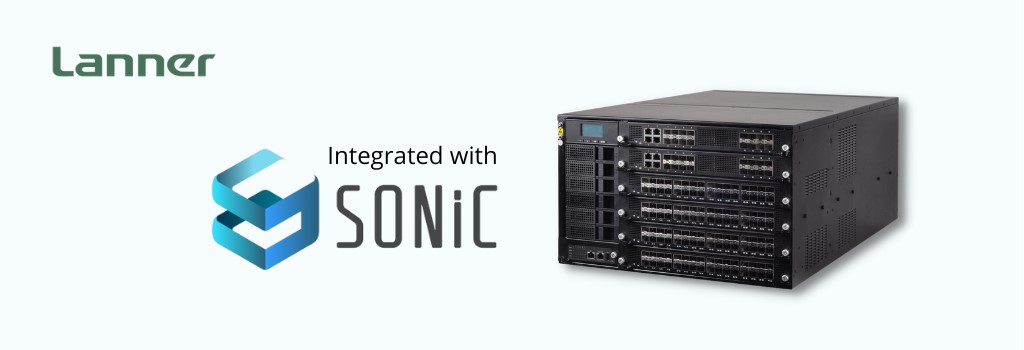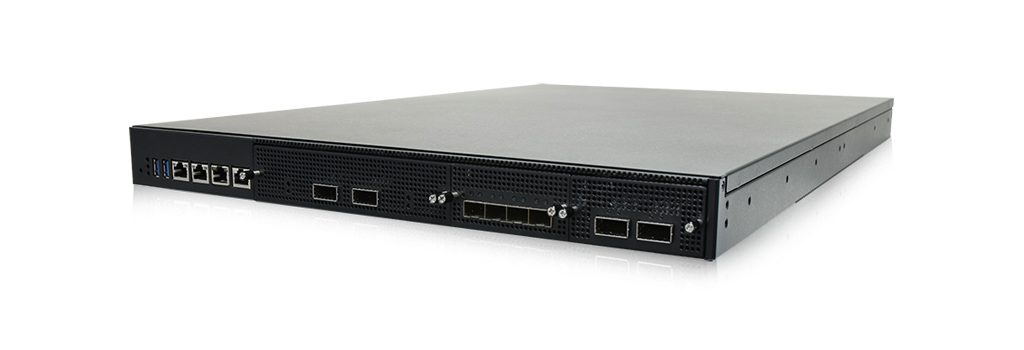Network functions virtualization (NFV) has forever changed carrier cloud computing and networking, emerging as a truly flexible, scalable, manageable, and open network implementation. Efforts to implement this game-changing technology began in the core networks of service providers, eventually reaching the network edge where minimal latencies can create a plethora of new services and applications previously impossible.
In order to advance development in crucial NFV software, and cost-effectively advance these sophisticated technologies, communication service providers are pouring resources and time towards collaborative projects with similar goals, making massive code contributions to projects like open CORD (Central Offices Re-architected as a Datacenter), and ONOS (Open Network Operating system). In fact, ONAP (Open Network Automation Platform) was recently created from the merger of AT& T’s open-source ECOMP project and Open-O (Open orchestrator project), an undertaking involving 8 million lines of code.
xRAN is a project formed by industry-leading mobile carriers AT&T, Deutsche Telekom, Telstra, Verizon, SK Telecom and technology suppliers like Intel, Texas Instruments, Radisys, ASOCS, and Stanford University. Formed due to the collective acknowledgment of the need for a better RAN, xRAN is a collaborative project aiming to develop, standardize and advance software-based radio access networks.
Wireless communication service providers (CSP’s) continue to evolve their networks with virtualization on top of commodity server-like hardware and open-source software. In the past few years, core networks have seen great advancements through NFV/SDN, with edge computing also growing in prominence. This leaves us with only one part of the network left to virtualize the radio access network (RAN).
Though virtualization of core and edge network functions is well along the way, the RAN is truly another beast altogether. This is a facet of communications where specialized silicone and purpose-built hardware seems like the logical choice. The heavy processing involved in modern high-speed wireless protocol stacks lends itself to specialized appliances to achieve sustainable performance:watt. To take advantage of emerging SDN/NFV capabilities, supplementing the bulk of the vRAN implementation on commodity hardware (x86, ARM) with accelerated hardware appliances is a fast-growing solution.
The above illustration depicts ASOCS vBS (a wind river titanium ecosystem partner), this is an actual wireless base station implemented as a VNF (Virtual network function), where most of the RAN functions are run on top of open x86 networking hardware. Only the most compute-intensive functions –the modem processing– offloaded onto accelerated appliances (vBS HWA). All of this effort ultimately goes towards maintaining carrier-grade performance and stability, and using appropriately robust hardware platform such as Lanners HTCA 6600, VNFs can maintain the five 9’s of availability modern telecom environments need.

Core-to-RAN SDN and NFV implementation a crucial step towards 5G
To achieve the ambitious goals set for the fifth generation of wireless networks, the RAN will have to be much more flexible, autonomous and efficient than it ever was. This means implementing increasingly complex technologies and techniques such as spectrum sharing, massive MIMO, edge analytics, application-specific RAN optimization and much more. This is all of course impossible with the current level of interoperability between the RAN and the rest of the network elements.
By transforming all layers and functions of the traditional base-station into general compute software virtualized on standard COTS platforms, all resources are instantly sharable, scalable and economical. The vRAN can then be intelligently deployed to fit environmental, application or even device-specific optimization –implementing everything through custom tailored VNF instances, essentially what are known as 5G network slices.
Embracing NFV to its fullest means leaving technologies open and allowing VNF’s to ultimately decide the capabilities of the hardware and more so the network. This means carrier-agnostic infrastructure with multi-vendor environments creating endless capabilities. Utilizing NFV everywhere in turn simplifies management and orchestration (MANO) through standardized x86 commodity hardware platforms which have been time-tested in critical datacenter environments.
Aggressively scalable networks, with the simple flip of a few bits, service providers can shift computing resources to where they are needed, expanding RAN coverage, capacity or speed can all be done instantly and in an automated and efficient manner. The RAN no longer operates with individual base stations, now fully virtualized RANs operate more like a centrally orchestrated macro cell where interference between cells is essentially nonexistent allowing for more intricate techniques to boost spectrum efficiency.
vRAN implementation hurdles
As with most SDN/NFV solutions, several technological roadblocks exist which keep service providers from rolling out cutting-edge solutions like vRAN. In the case of a RAN VNF, service providers look towards the fronthaul bottleneck. Because baseband processing is timing-critical it requires a low-latency, low-noise connection between the antennae and the base station. CPRI (common public radio interface) is the protocol implemented to support the strict connection requirements, unfortunately CPRI has relatively low bandwidth compared to other protocols, requiring more fiber for the fronthaul.
Several advancements are being made in to fix this shortcoming, with a new initiative called the vRAN fronthaul group created to tackle issues with open API’s and interoperability. As wireless CPSs continue to pour capital into deploying NFV and SDN centric solutions, the need for viable vRAN, and vRAN fronthaul will foster more efforts and collaboration that will all eventually come together with the advent of 5G.








